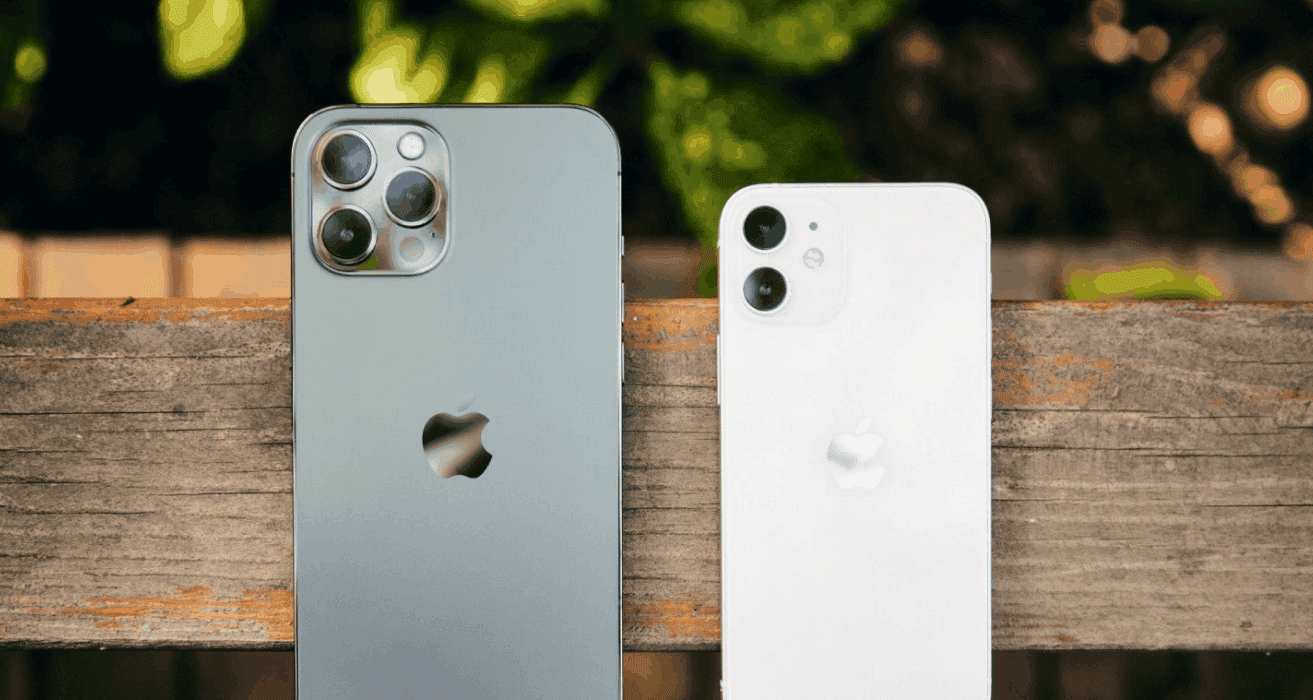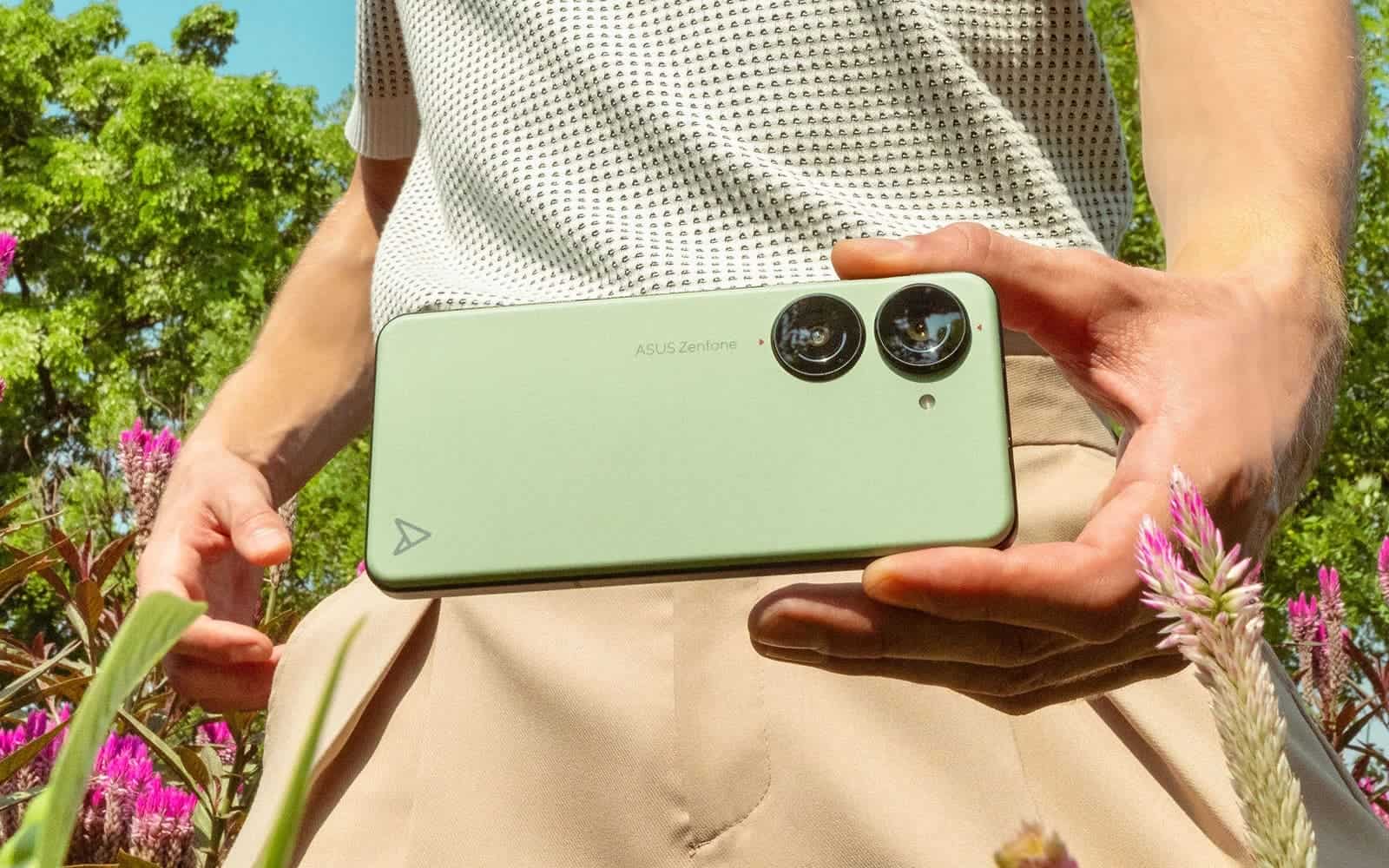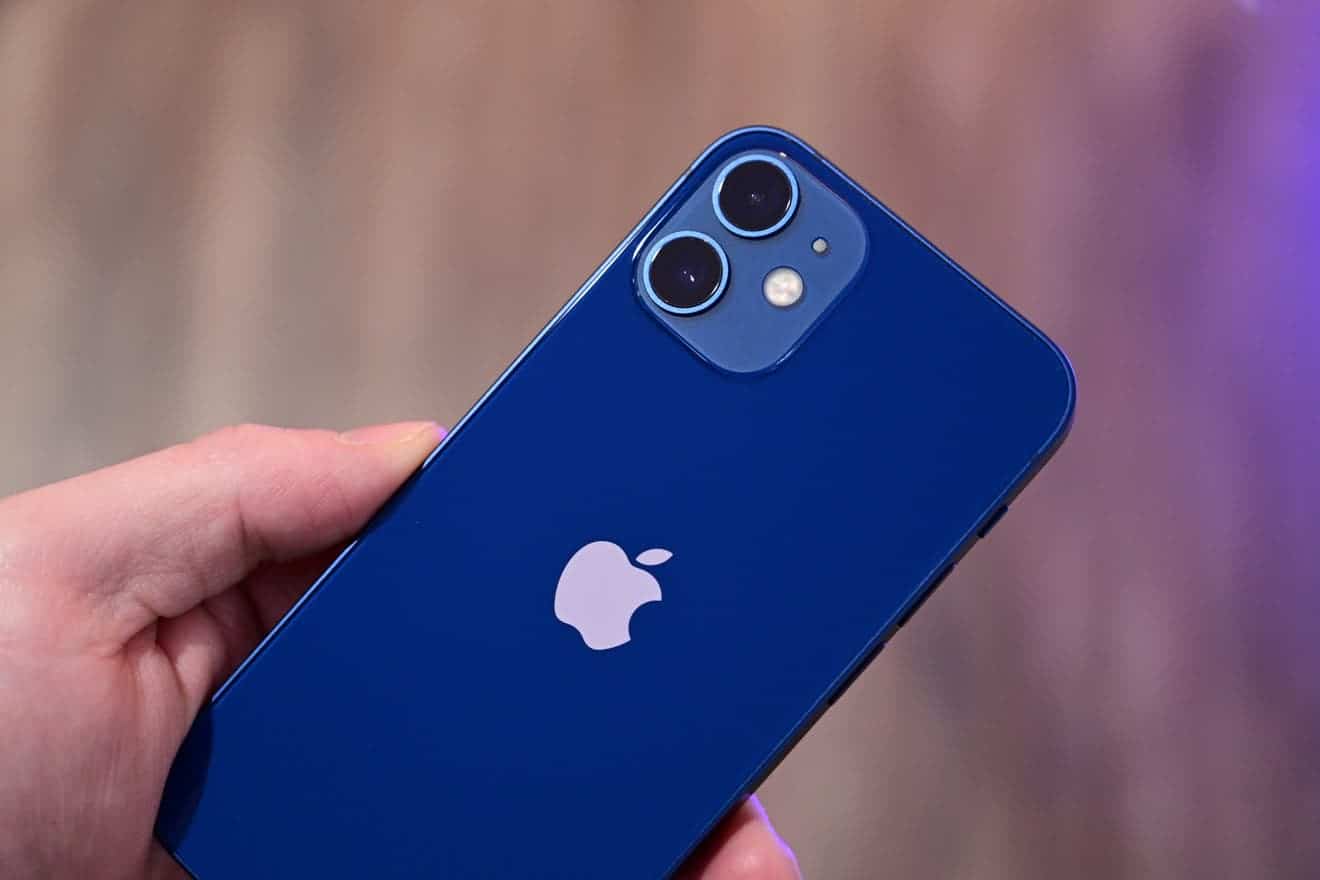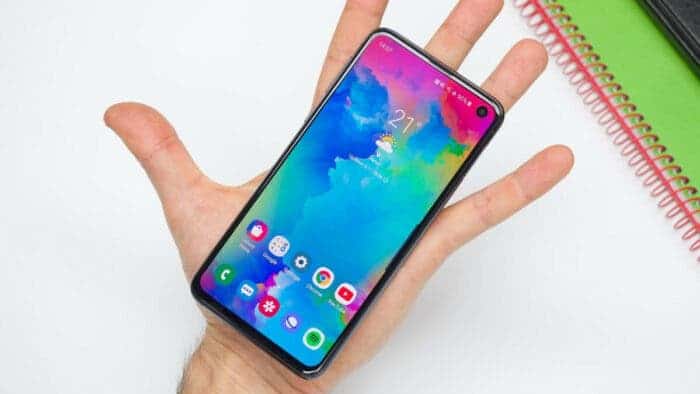In the fast-paced world of smartphones, change is the only constant. Just a few years ago, there was a niche market for small, pocket-friendly mobile devices, but today, these tiny powerhouses are nearly extinct. Last year, we explored the best compact smartphones. At that time, smartphones with manageable screen sizes were already becoming rare, particularly in the Android market, where screens comfortably exceeded 6 inches unless you were willing to settle for a budget device.
In the past three years, only two models managed to uphold the banner of compact smartphones: the iPhone mini, which lasted for a couple of generations, and the Asus Zenfone series, consistently staying below the 6-inch mark. Sadly, neither of these pioneers has survived the relentless march towards larger screens.
The Decline of Small Smartphones: A Shift Towards Gigantic Screens

The iPhone Mini
In the realm of Apple, there was a glimmer of hope for small-sized smartphones among its clientele. This hope materialized with the launch of the iPhone 12 mini in 2020. However, this compact device turned out to be a commercial failure. Reports of its disappointing sales performance began to surface, casting doubt on its future within Apple’s product lineup.
A year later, Apple introduced the iPhone 13 mini, which addressed some of its predecessor’s shortcomings, notably in terms of battery life. Nevertheless, this wasn’t sufficient to rescue the mini model, as it was conspicuously absent from Apple’s 2022 product catalog.
The Asus Zenfone series
On the Android front, Asus had been a beacon of hope for those yearning for smaller smartphones. Their latest offering, the Zenfone 10, introduced just a few months ago, appeared promising, with only a few minor issues in its wide-angle capabilities and differences from the previous model. However, even this commendable effort seems to have fallen short.
Reports from Technews Taiwan have revealed that Asus is undergoing an internal restructuring, leading to downsizing in several departments. Unfortunately, the Zenfone division is among those being shuttered, with its employees either relocating to other departments or transitioning to the ROG phone line, which is set to continue.
Compact Smartphones are vanishing
The decline of smartphones below the psychological 15-centimeter size barrier has been a gradual process, year by year. From the heydays of 2016 and 2017 when more than 200 small-sized models were available, we have witnessed a dramatic drop. Last year, there were fewer than thirty such models, and the trend continues in 2023, with only four compact smartphones making their appearance: the Galaxy S23, Asus Zenfone 10, Blackview N600, and the Nokia 106, which is a basic phone.
The reasons for owning a small mobile phone, whether for nostalgia, pocket-friendliness, manageability, or personal preference, have all faded into obscurity. In an industry as cutthroat and consumer-driven as the smartphone market, where manufacturers scramble for market share, the fact that there are only four models with smaller screens on offer indicates a profound disinterest among consumers. Perhaps, somewhere, there are individuals willing to pay a premium for smartphones with sequins, but their numbers are likely minuscule.

Foldables: The Shifting Landscape:
The promise of foldable smartphones loomed on the horizon, holding the potential to bridge the gap between compact and large screens. These innovative devices have been in the market for nearly five years, raising questions about whether they will evolve from being promises to becoming commonplace or remain a niche offering.
The Age of Gigantic Screens:
Today, the trend in smartphones is unmistakable – screens are getting larger and larger. Some devices now exceed 7 inches, like the Lava Z2 Max and Vivo X Note, serving as a preview of what’s to come. Factors such as the growing emphasis on video content, improvements in mobile networks, and the ubiquity of video-on-demand services have cemented the dominance of large screens in the market.
The era of small smartphones is fading into history, replaced by a growing appetite for larger screens. Apple’s iPhone mini and Asus Zenfone valiantly tried to preserve the legacy of compact devices but ultimately succumbed to market forces. With foldable phones still finding their footing, it remains to be seen whether they can rekindle the allure of smaller screens or if we are destined for an era of smartphones that are truly larger than life. In a world where bigger seems to be better, the fate of small mobiles hangs in the balance, a testament to the ever-evolving landscape of the smartphone industry.
The reasons behind the decline of small phones

The decline of small phones is a complex issue with many contributing factors. Here are some of the most important ones:
- The increasing popularity of mobile gaming and video streaming. These activities are best enjoyed on larger screens, which is why many people are willing to trade a smaller form factor for a larger display.
- The growing demand for more powerful and versatile smartphones. Larger phones can accommodate more powerful components, such as larger batteries and better cameras. This makes them more attractive to consumers who want the best possible mobile experience.
- The desire for a more immersive viewing experience. A larger screen can provide a more immersive experience when watching movies, playing games, or browsing the web. This is why many people are willing to sacrifice portability for a larger display.
In addition to these factors, the decline of small phones has also been driven by the following:
Gizchina News of the week
- The rising cost of manufacturing small phones. It is more expensive to manufacture a small phone with the same features as a larger phone. This is because smaller phones require more complex components and tighter tolerances.
- The lack of innovation in the small phone market. Manufacturers have been slow to innovate in the small phone market, which has made it difficult for them to compete with larger phones.
- The perception that small phones are outdated. Many people believe that small phones are outdated and that they do not offer the same features and functionality as larger phones. This perception has made it difficult for small phones to appeal to mainstream consumers.
Despite the decline in popularity, there are still some people who prefer small phones. These people often cite the following reasons:
- Small phones are more comfortable to hold. They are easier to grip and use with one hand.
- Small phones are easier to carry around. They take up less space in your pocket or purse.
- Small phones are less expensive. They often cost less than larger phones.
It is possible that small phones will make a comeback in the future. This could happen if there is a renewed demand for them, or if manufacturers find a way to make them more powerful and feature-rich without making them too large.
Only time will tell what the future holds for small phones. But for now, it seems that they are on the decline.
Additional thoughts on the future of small phones:
- The rise of phablets. Phablets are smartphones with screens that are larger than 6 inches. They have become increasingly popular in recent years, as consumers have come to demand larger displays for their mobile devices.
- The increasing power of smartphones. Smartphones are becoming more powerful and feature-rich all the time. This means that they need larger batteries and other components, which can make them more difficult to fit into a smaller form factor.
- The changing demographics of smartphone users. The average age of smartphone users is increasing. This means that there is a growing demand for phones that are easier to use with smaller hands.
- The increasing popularity of wearable devices. Wearable devices, such as smartwatches and fitness trackers, are becoming increasingly popular. These devices can be used for a variety of tasks, such as making calls, sending text messages, and tracking fitness data. This can reduce the need for people to use their smartphones for these tasks, which can make them more willing to accept a smaller form factor.
Ultimately, the future of small phones is uncertain. However, there are a number of factors that could lead to a resurgence in their popularity. Only time will tell if this will happen.

The factors that could affect the future of small phones:
- The development of new technologies. New technologies, such as flexible displays and high-density batteries, could make it possible to make smaller phones with the same features and functionality as larger phones.
- The changing needs of consumers. The needs of consumers are constantly evolving. If consumers become more interested in using their phones for productivity tasks, such as email and document editing, then they may be more willing to accept the smaller form factor of a small phone.
- The marketing strategies of manufacturers. Manufacturers can play a role in shaping the demand for small phones. If they continue to release innovative and well-designed small phones, then they can help to keep the market for small phones alive.
Overall, the future of small phones is uncertain. However, there are a number of factors that could lead to a resurgence in their popularity. Only time will tell if this will happen.
The future of compact smartphones
The future of compact smartphones is an intriguing topic in the ever-evolving world of mobile technology. While it’s challenging to predict with absolute certainty, several trends and factors can shed light on what might lie ahead for compact smartphones:
- Niche Market Continuation: Compact smartphones are likely to persist as a niche market catering to a specific audience. There will always be users who prefer smaller, pocket-friendly devices for their convenience and manageability.
- Flagship Mini Versions: Some manufacturers may continue to release mini or compact versions of their flagship phones, albeit with limited availability. These compact flagships would offer high-end specs and features, making them attractive to users who want both power and portability.
- Foldable Technology Integration: As foldable smartphone technology matures, we may see compact foldable devices that can unfold into larger screens when needed. This would combine the best of both worlds – a compact form factor for everyday use and a larger display for multimedia and productivity tasks.
- Improved Battery Life: One of the challenges of compact smartphones has been accommodating smaller batteries. Advancements in battery technology could lead to longer battery life in smaller devices, addressing a common concern among users.
- Specialized Use Cases: Compact smartphones may find their niche in specialized use cases. For example, they could be popular among outdoor enthusiasts, athletes, or individuals looking for a secondary device for specific tasks.
- Advances in User Interfaces: Gesture controls, augmented reality, and other innovative user interface technologies could make it easier to navigate and interact with compact screens, enhancing the user experience.
- Economic Considerations: Compact smartphones could be a more budget-friendly option compared to their larger counterparts. Manufacturers might focus on affordability to attract price-conscious consumers.
- Sustainability: Compact smartphones align with the principles of sustainability and reduced electronic waste. Manufacturers might market them as environmentally friendly alternatives.
- Market Demand Fluctuations: Consumer preferences can be cyclical. As the market saturates with large-screen smartphones, there could be a resurgence in demand for compact devices, especially if consumers seek alternatives to the status quo.
- Innovation from Smaller Brands: Smaller or niche smartphone manufacturers may find success by specializing in compact smartphones, catering to a specific audience that major players overlook.
In summary, while the smartphone market predominantly favors larger screens, compact smartphones are not likely to disappear entirely. Instead, they may evolve and adapt to changing consumer needs, technological advancements, and market dynamics. The future of compact smartphones might involve a blend of innovation, niche appeal, and unique use cases that keep them relevant in a world dominated by larger devices.



